Home>Articles>How Long Is Steak Good For In The Refrigerator
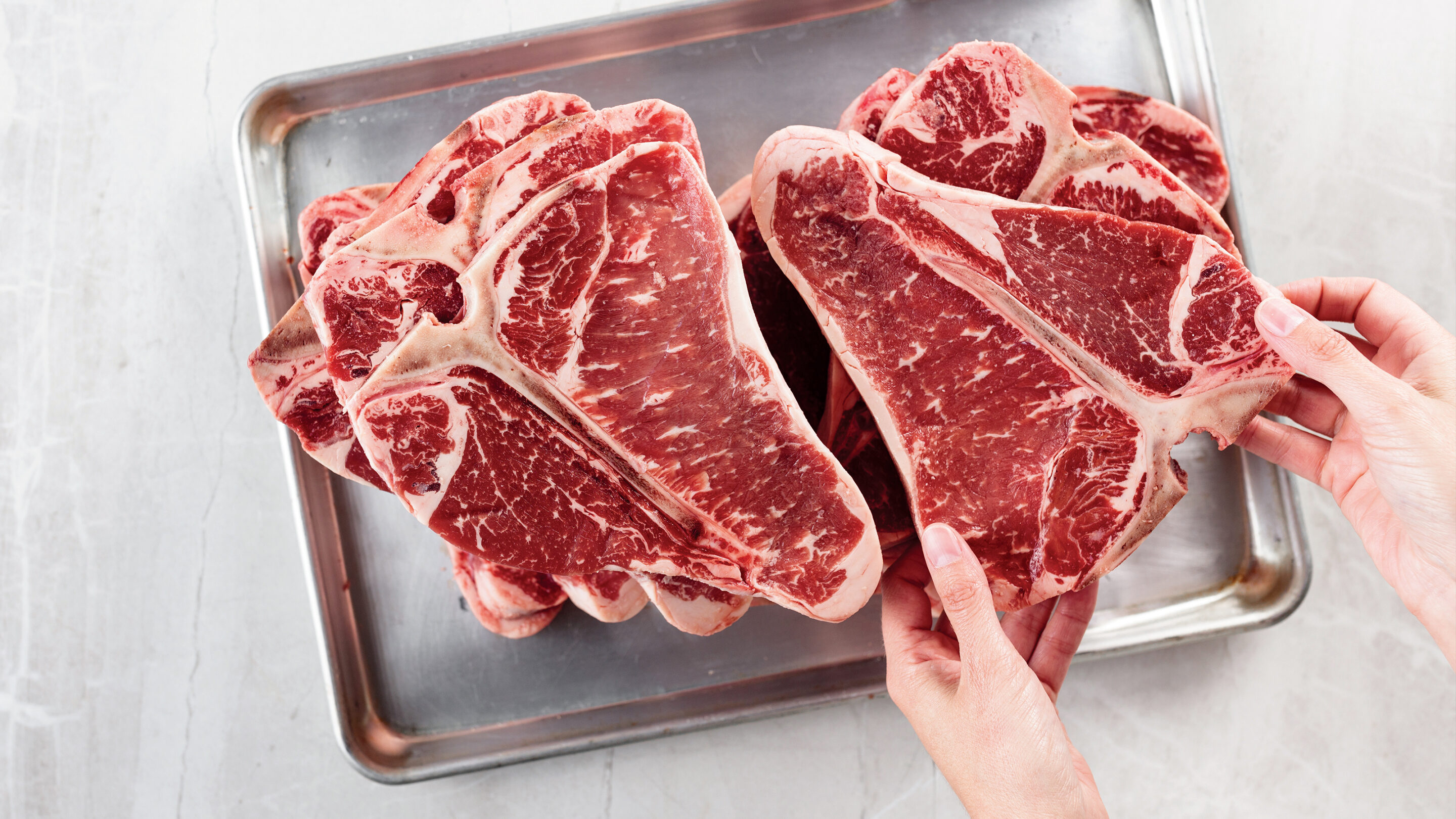

Articles
How Long Is Steak Good For In The Refrigerator
Modified: October 20, 2024
Discover how long steak is good for in the refrigerator with our informative articles. Learn proper food storage techniques and maximize the freshness of your meat.
(Many of the links in this article redirect to a specific reviewed product. Your purchase of these products through affiliate links helps to generate commission for Storables.com, at no extra cost. Learn more)
Introduction
Welcome to this informative article on the shelf life of steak in the refrigerator. If you’re a steak lover like me, you may have wondered how long you can safely store raw or cooked steak without compromising its quality or risking foodborne illnesses. Understanding the factors that affect the shelf life of steak, as well as proper storage techniques, is essential to ensure that you can enjoy your favorite cuts of steak while maintaining optimal freshness and taste.
Steak is a popular and delicious meat option that is known for its tenderness and rich flavor. However, like any type of food, steak has a limited lifespan, and it’s important to consume it within the recommended timeframe to avoid potential health risks or unpleasant dining experiences.
In this article, we will explore the factors that influence the shelf life of steak, including the type of steak, storage temperature, and other crucial considerations. We will also discuss how long raw and cooked steak can be stored in the refrigerator, as well as the proper storage techniques to ensure maximum freshness. Additionally, we will touch on the signs of spoiled steak so that you can easily identify when it’s time to discard your steak.
So, whether you’re a home cook, a seasoned steak enthusiast, or simply someone who enjoys an occasional steak dinner, keep reading to discover everything you need to know about the shelf life of steak in the refrigerator.
Key Takeaways:
- Enjoy steak at its best by storing raw steak for 3-5 days and cooked steak for 3-4 days in the refrigerator. Follow proper storage techniques to savor the rich flavors and maintain optimal freshness.
- Recognize signs of spoiled steak, such as off odor, discoloration, and unusual texture, to ensure safe consumption and avoid foodborne illnesses. Trust your senses and prioritize food safety when storing and consuming steak.
Factors Affecting the Shelf Life of Steak
Several factors come into play when determining the shelf life of steak in the refrigerator. Understanding these factors can help you make informed decisions about how long you can store your steak and ensure its quality and safety. Let’s take a closer look at the key factors that influence the shelf life of steak:
- Type of Steak: The type of steak you have can impact its shelf life. Generally, cuts like ribeye or strip steak have a longer shelf life compared to more lean cuts like sirloin or filet mignon. This is because the higher fat content in marbled cuts helps preserve the meat and prevent it from drying out quickly.
- Packaging: The packaging of the steak can also affect its shelf life. Vacuum-sealed or airtight packaging helps to extend the freshness and prevent bacterial growth. If the steak is in an open package or wrapped in butcher paper, it may have a shorter shelf life and require more careful storage.
- Storage Temperature: The temperature at which you store your steak plays a crucial role in its shelf life. The ideal temperature for storing raw steak is between 32°F and 40°F (0°C and 4°C). Keeping the steak at this temperature range slows down the growth of bacteria and helps maintain its quality. It’s important to note that the refrigerator temperature should be consistent to ensure the steak remains safe to consume.
- Storage Time: The longer you store steak in the refrigerator, the more its quality deteriorates. As time goes on, the meat loses moisture, becomes less tender, and may develop off flavors. It’s best to consume steak within a few days of purchase for optimal taste. However, different cuts of steak may have different recommended storage times, so it’s essential to refer to specific guidelines for each type.
- Handling and Cross-Contamination: Proper handling and avoiding cross-contamination are essential to maintaining the shelf life of steak. Make sure to store raw steak away from other foods, especially ready-to-eat items, to prevent the transfer of bacteria. Additionally, always practice good hygiene when handling steak, using clean utensils and surfaces to avoid bacterial contamination.
By understanding these factors, you can take the necessary steps to maximize the shelf life of your steak and enjoy it at its best quality. In the next sections, we will explore how long raw and cooked steak can be stored in the refrigerator and discuss the proper storage techniques to ensure freshness and safety.
How Long Can Raw Steak Be Stored
Raw steak can typically be stored in the refrigerator for a certain period, depending on various factors. Here are some general guidelines to help you determine how long raw steak can be stored:
- Freshly Purchased Steak: If you have just purchased fresh steak from the butcher or grocery store, it is best to consume it within 3 to 5 days. This timeline ensures that the steak stays at its peak quality and flavor. Be sure to check the “use-by” or “sell-by” date on the package as well.
- Minced or Ground Steak: Ground or minced steak has a shorter shelf life compared to whole cuts. It is recommended to use ground steak within 1 to 2 days of purchase. The grinding process exposes more surface area to bacteria, increasing the risk of spoilage.
- Marinated Steak: If your steak is marinated, the shelf life may be slightly shorter. The acidity and ingredients in the marinade can affect the meat’s texture and quality. Aim to cook marinated steak within 2 to 3 days of marinating it.
- Freezing Raw Steak: To extend the storage time of raw steak, you can opt to freeze it. Properly wrapped and sealed, raw steak can be safely stored in the freezer for 6 to 12 months without significant loss of quality. Freezing helps to preserve the flavor, texture, and nutrients of the steak.
It’s important to note that these guidelines are general recommendations, and factors like the cut of meat, storage conditions, and packaging can influence the actual shelf life. Always rely on your senses and proper food safety practices to determine if the raw steak is still safe to consume.
Next, let’s explore the proper storage techniques to ensure that your raw steak stays fresh and delicious for as long as possible.
Proper Storage Techniques for Raw Steak
Proper storage techniques are crucial to maintain the quality and safety of raw steak while maximizing its shelf life in the refrigerator. Follow these guidelines to ensure that your raw steak stays fresh and safe:
- Keep it Cold: Raw steak should always be kept at a temperature between 32°F and 40°F (0°C and 4°C) to prevent bacterial growth. Ensure that your refrigerator is set at the appropriate temperature and regularly check to ensure consistency.
- Use Proper Packaging: If your raw steak is already vacuum-sealed or comes in an airtight package, you can store it directly in its original packaging. If not, wrap the steak tightly in plastic wrap or place it in a resealable plastic bag, squeezing out as much air as possible before sealing.
- Separate from Other Foods: To avoid cross-contamination and the spread of bacteria, store raw steak away from other foods, especially ready-to-eat items. Place the wrapped steak on a tray or in a separate section of the refrigerator to prevent any drippings from coming into contact with other foods.
- Store on Bottom Shelf: Place the raw steak on the bottom shelf of the refrigerator to prevent any juices from dripping onto other foods. This will help minimize the risk of cross-contamination.
- Avoid Overcrowding: Avoid overcrowding the refrigerator, as this can lead to uneven temperature distribution. Proper air circulation is essential for maintaining the freshness of raw steak.
- Don’t Rinse Before Storage: Contrary to popular belief, it is not necessary to rinse raw steak before storing it. Rinsing the steak can increase the risk of bacterial contamination and should be done just before cooking.
- Check for Signs of Spoilage: Regularly inspect the raw steak for any signs of spoilage, such as a sour or unpleasant odor, slimy texture, or unusual discoloration. If you notice any of these signs, it’s best to discard the steak.
By following these proper storage techniques, you can ensure that your raw steak remains fresh and safe to consume for the recommended storage time. In the next sections, we will explore how long cooked steak can be stored in the refrigerator and discuss the optimal storage techniques for cooked steak.
Store raw steak in the refrigerator for 3-5 days. Cooked steak can be stored for 3-4 days. If you won’t use it in time, freeze it for longer storage.
How Long Can Cooked Steak Be Stored
Cooked steak can be a delicious and convenient option for future meals, but it’s important to know how long you can safely store it in the refrigerator. Here are some guidelines on the shelf life of cooked steak:
- Within 3 to 4 Days: Cooked steak should be consumed within 3 to 4 days of cooking. This timeline ensures that the steak remains safe to eat and maintains its taste and quality.
- Storage Time for Leftovers: If you have leftover cooked steak, immediately store it in an airtight container or wrap it tightly in aluminum foil or plastic wrap before refrigerating. Properly stored leftovers can last up to 4 days.
- Freezing Cooked Steak: If you don’t plan to consume the cooked steak within the recommended 3 to 4 days, consider freezing it. Cooked steak can be safely stored in the freezer for 2 to 3 months without significant loss of quality. Make sure to wrap it securely in freezer-safe packaging to maintain its freshness and prevent freezer burn.
It’s worth noting that these guidelines assume the steak was properly cooked and stored under the right conditions. If the steak was left out at room temperature for an extended period or not stored safely, it may spoil faster. Always rely on your senses and discard any cooked steak that shows signs of spoilage, such as an off smell, strange texture, or unusual discoloration.
Next, let’s explore the proper storage techniques to ensure that your cooked steak stays safe and delicious for as long as possible.
Read more: How Long Is A Steak Good In The Freezer
Proper Storage Techniques for Cooked Steak
Proper storage techniques are crucial for maintaining the quality and safety of cooked steak and extending its shelf life in the refrigerator. Here are some guidelines to help you store cooked steak properly:
- Cool it Down: Allow the cooked steak to cool down to room temperature before refrigerating it. Placing hot steak directly in the refrigerator can raise the temperature inside, potentially affecting the quality of other foods and increasing the risk of bacterial growth.
- Divide into Portions: If you have a large piece of cooked steak, consider dividing it into smaller portions. This allows for more efficient cooling and reheating, reducing the risk of bacterial growth and ensuring freshness.
- Use Airtight Containers: Place the cooked steak in airtight containers or wrap it tightly in aluminum foil or plastic wrap. This helps prevent air exposure and protects the steak from absorbing unpleasant odors from other foods in the refrigerator.
- Label and Date: To keep track of the storage time, label the containers or wrapping with the date of preparation. This will help you identify the freshness of the cooked steak and avoid consuming it past its recommended shelf life.
- Store on Bottom Shelf: Similar to raw steak, store the cooked steak on the bottom shelf of the refrigerator to avoid any potential liquid drippings onto other foods, minimizing the risk of cross-contamination.
- Keep Refrigerator Temperature Consistent: Ensure that your refrigerator temperature is set between 32°F and 40°F (0°C and 4°C) and maintaining consistency. Fluctuating temperatures can affect the quality and safety of the cooked steak.
- Reheat Properly: When ready to enjoy the leftovers, reheating the cooked steak to an internal temperature of 165°F (74°C) helps kill any bacteria that may have multiplied during storage.
By following these proper storage techniques, you can extend the shelf life of your cooked steak and enjoy it safely for a few more days. Remember, always use your senses to determine if the cooked steak is still fresh and discard it if you notice any signs of spoilage.
In the next section, we will discuss the signs of spoiled steak, helping you identify when it’s time to discard your steak.
Signs of Spoiled Steak
It’s important to be able to recognize the signs of spoiled steak to avoid consuming potentially unsafe or unpleasant meat. Here are some common indicators that your steak has gone bad:
- Off Odor: One of the first signs of spoiled steak is a foul or off odor. If the steak emits a strong, unpleasant smell that is different from its usual fresh meat scent, it’s a clear indication that the steak has spoiled.
- Discoloration: Check for any unusual discoloration on the steak. If the meat has developed dark or greenish patches or spots, it’s a sign of spoilage. Fresh steak should have a consistent, vibrant red color.
- Slime or Stickiness: Spoiled steak may develop a slimy or sticky texture. If the surface of the steak feels slimy or tacky to the touch, it could be an indication of bacterial growth and spoilage.
- Mold Growth: In some cases, mold may start to grow on spoiled steak. If you notice any fuzzy or fuzzy-looking green, blue, or black spots on the surface, it’s best to discard the steak immediately.
- Unusual Texture: Spoiled steak may lose its normal texture and become mushy or excessively soft. If the steak feels unusually mushy or falls apart easily, it is no longer safe for consumption.
It’s important to trust your senses when it comes to determining the freshness of steak. If you notice any of these signs or if something just doesn’t seem right, it’s best to err on the side of caution and discard the steak. Consuming spoiled meat can lead to foodborne illnesses and should be avoided.
Remember, proper storage techniques and timely consumption are key to maintaining the quality and safety of steak. By being aware of the signs of spoilage, you can ensure that you and your loved ones enjoy your steak safely and without any unpleasant experiences.
Now that you’re familiar with the signs of spoiled steak, let’s conclude with a summary of the key points discussed in this article.
Conclusion
In this comprehensive article, we explored the shelf life of steak in the refrigerator and discussed various factors that can affect its freshness and safety. We learned that the type of steak, packaging, storage temperature, and handling practices all play a crucial role in determining how long steak can be stored.
We discovered that raw steak can typically be stored for 3 to 5 days in the refrigerator, while ground or minced steak should be consumed within 1 to 2 days. Additionally, marinated steak has a slightly shorter shelf life, typically lasting 2 to 3 days. Freezing raw steak can help extend its storage time up to 6 to 12 months without significant loss of quality.
When it comes to cooked steak, it’s best to consume it within 3 to 4 days of cooking. Leftover cooked steak can be stored in the refrigerator for up to 4 days, while frozen cooked steak can be safely stored for 2 to 3 months.
To ensure optimal freshness and safety, it’s important to follow proper storage techniques. This includes keeping the steak at a consistent refrigerator temperature, using airtight packaging, separating it from other foods, and labeling and dating the containers. By practicing these techniques, you can maximize the shelf life and enjoy your steak for as long as possible.
Lastly, we discussed the signs of spoiled steak, such as off odor, discoloration, slime or stickiness, mold growth, and unusual texture. It’s crucial to be able to identify these signs to avoid consuming spoiled meat that can lead to foodborne illnesses.
By understanding the factors affecting the shelf life of steak, following proper storage techniques, and being aware of the signs of spoilage, you can safely enjoy your favorite cuts of steak and savor their delicious flavors. Remember to trust your senses and prioritize food safety when storing and consuming steak.
So, whether you’re planning a steak dinner or looking to store leftovers for future meals, use the knowledge gained from this article to make informed decisions and ensure the best possible eating experience.
Frequently Asked Questions about How Long Is Steak Good For In The Refrigerator
Was this page helpful?
At Storables.com, we guarantee accurate and reliable information. Our content, validated by Expert Board Contributors, is crafted following stringent Editorial Policies. We're committed to providing you with well-researched, expert-backed insights for all your informational needs.




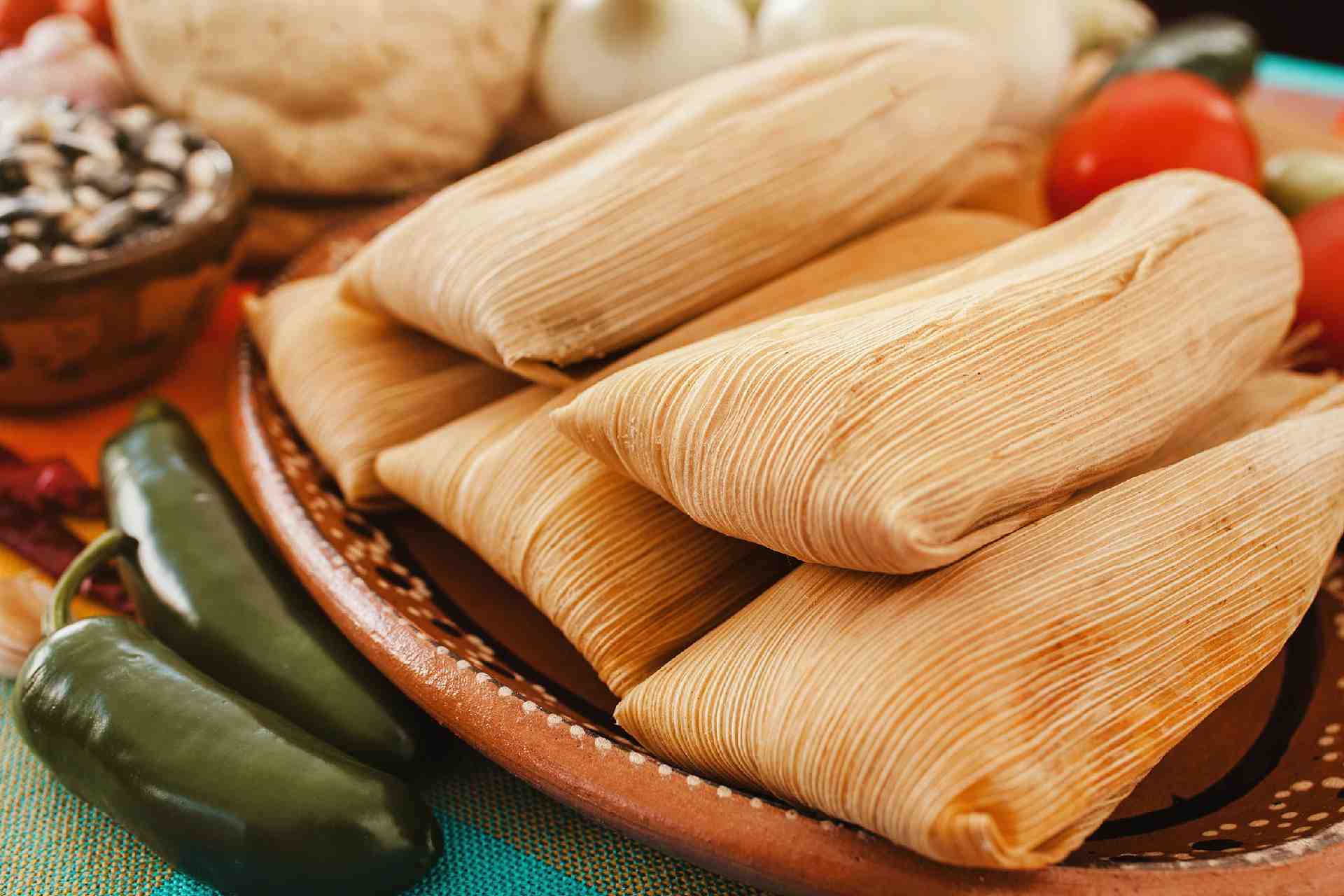
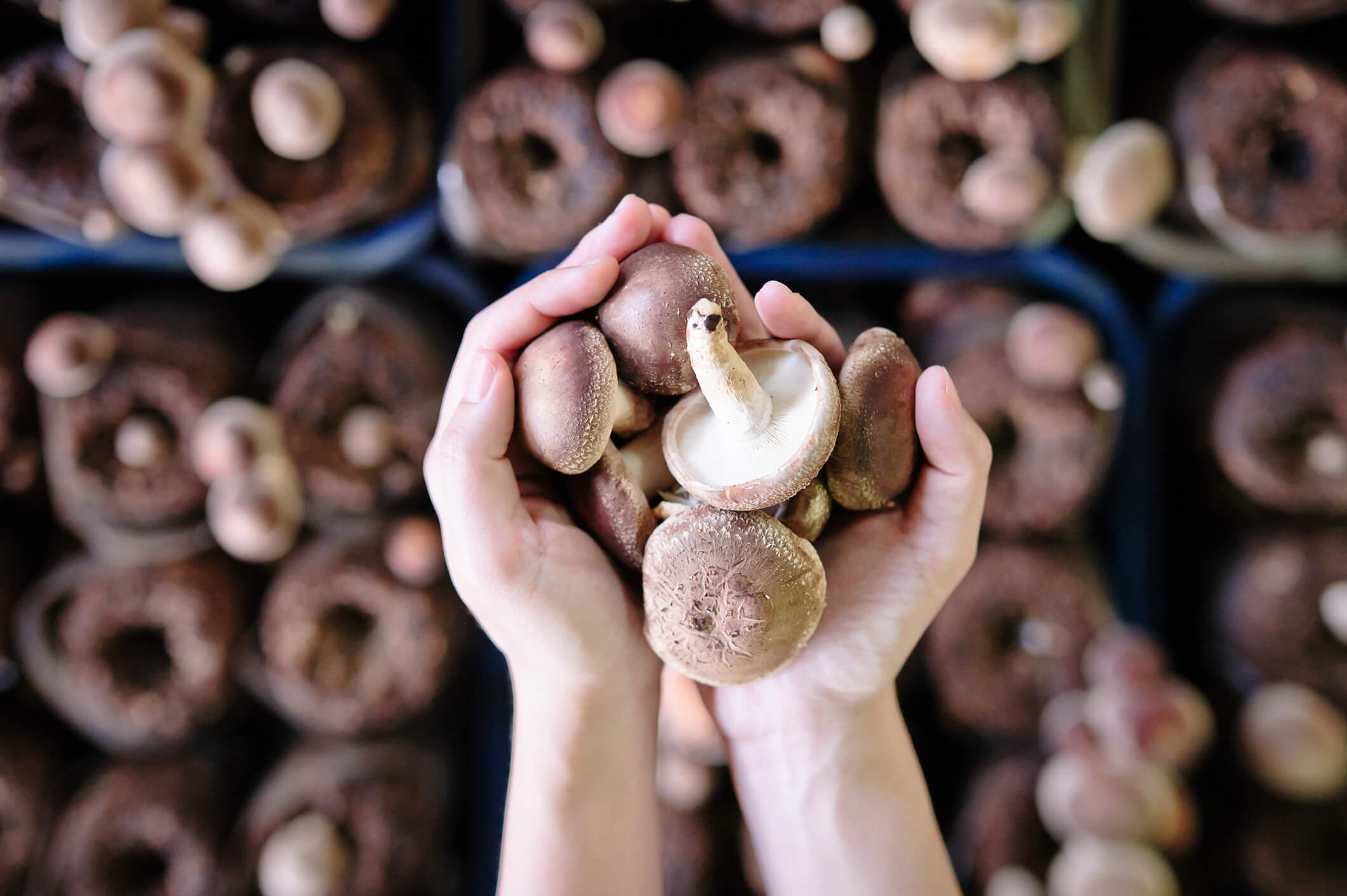

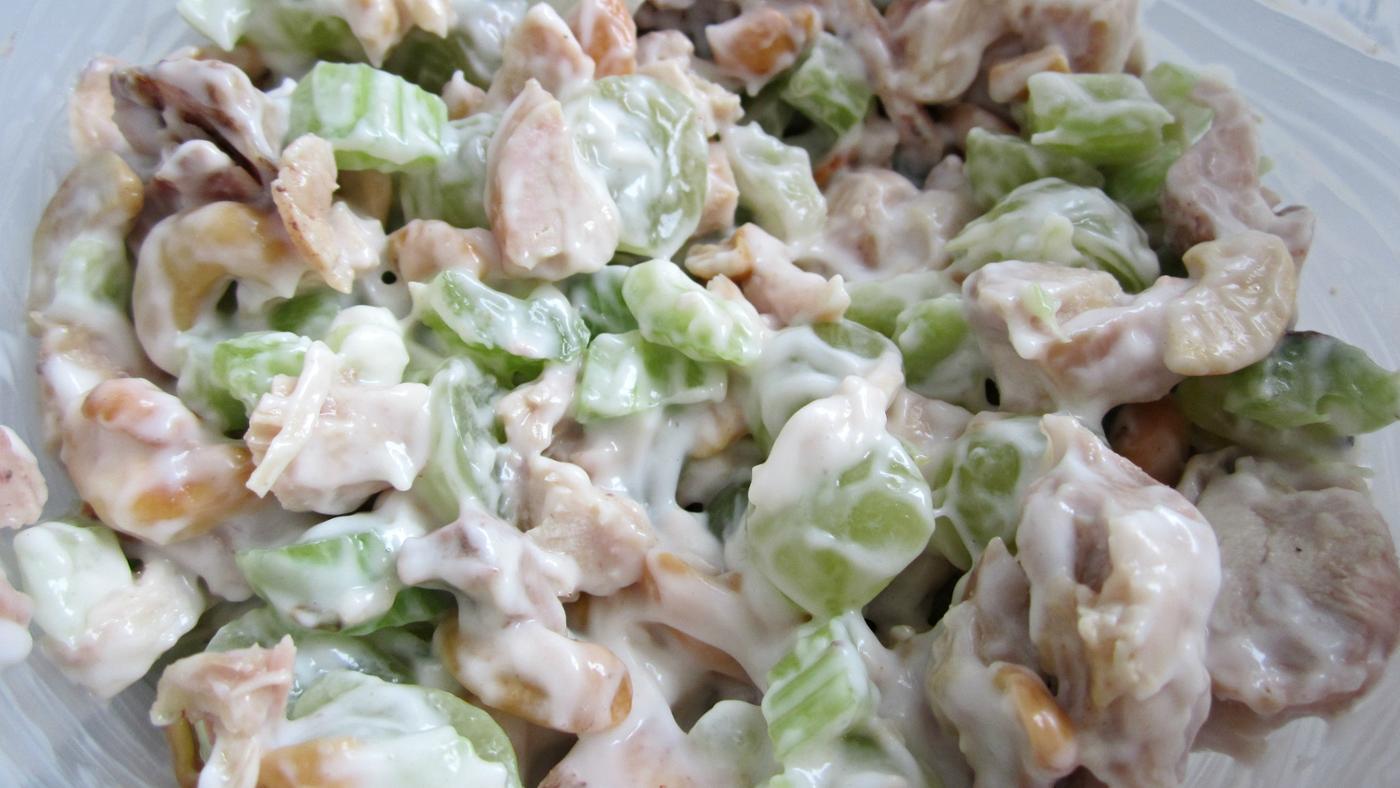
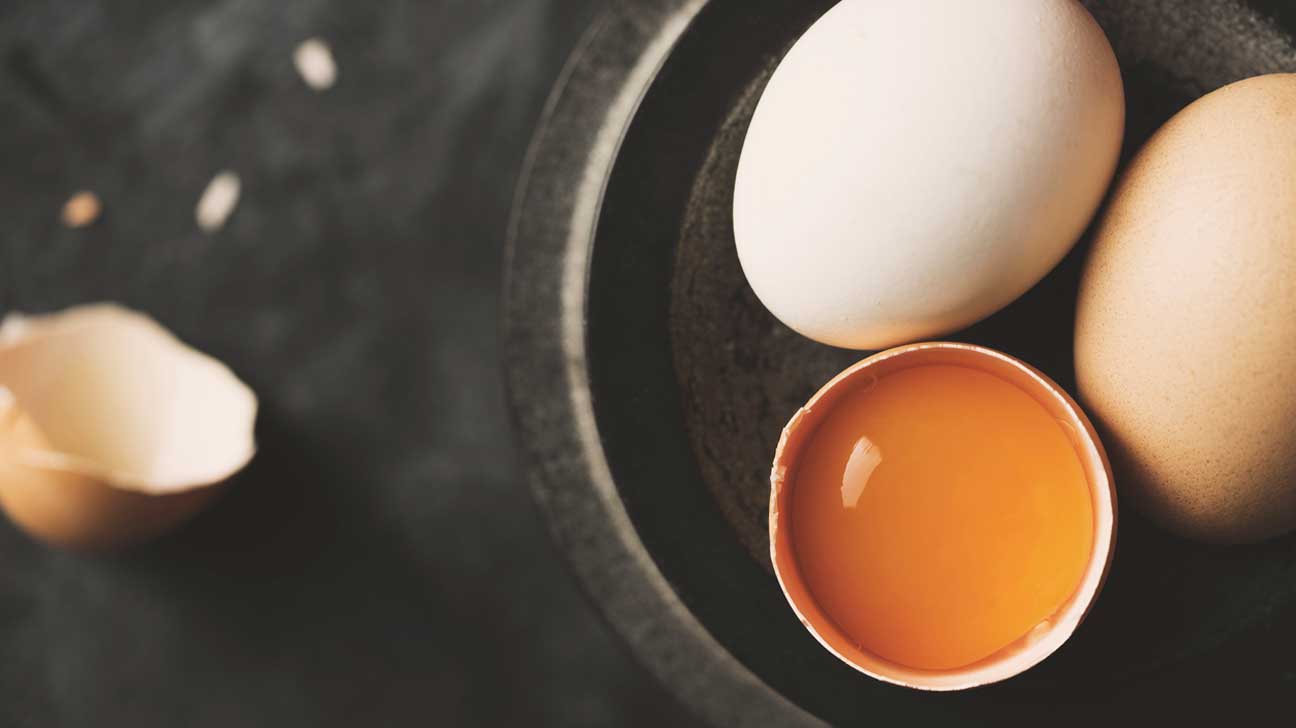


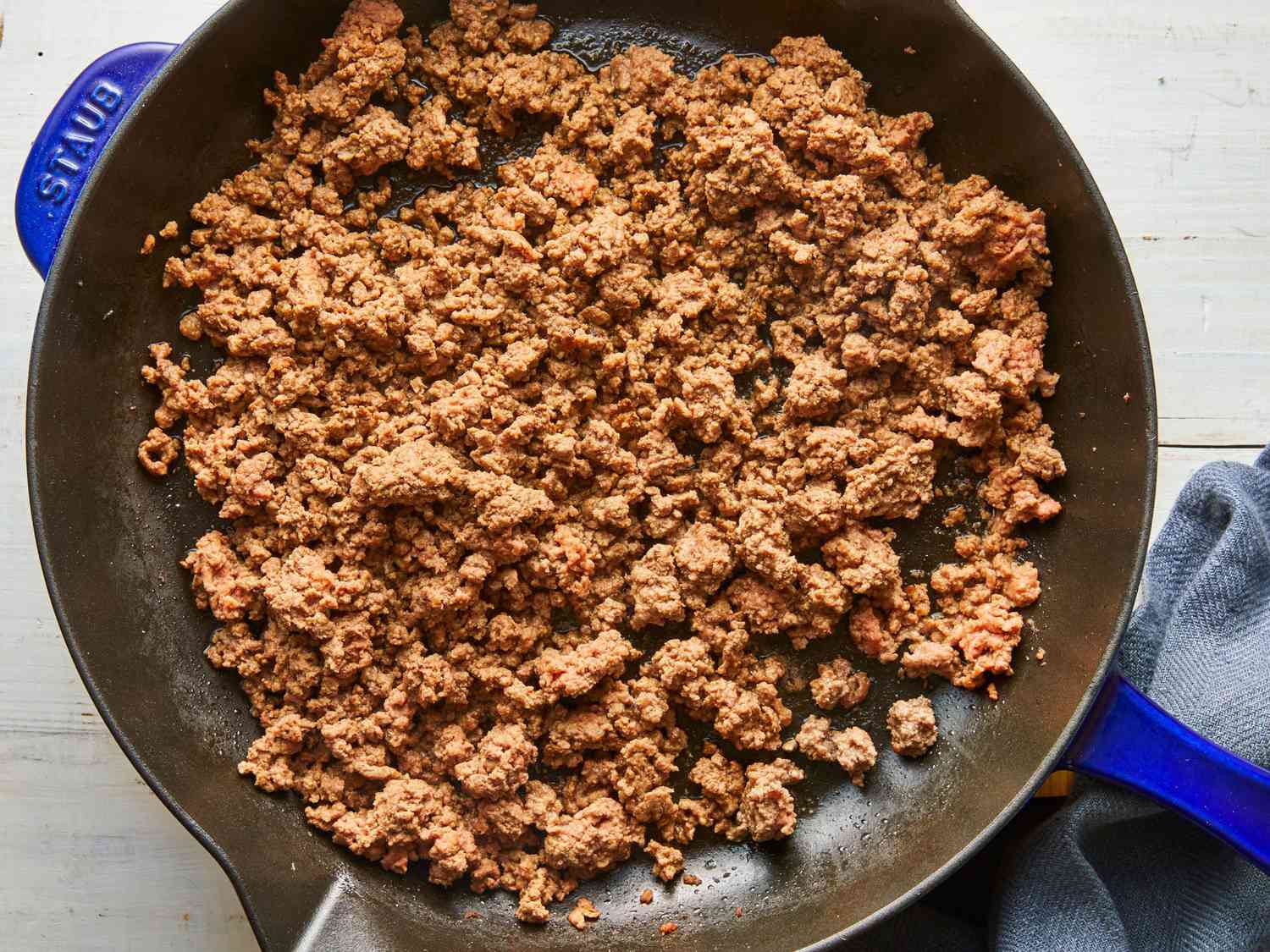
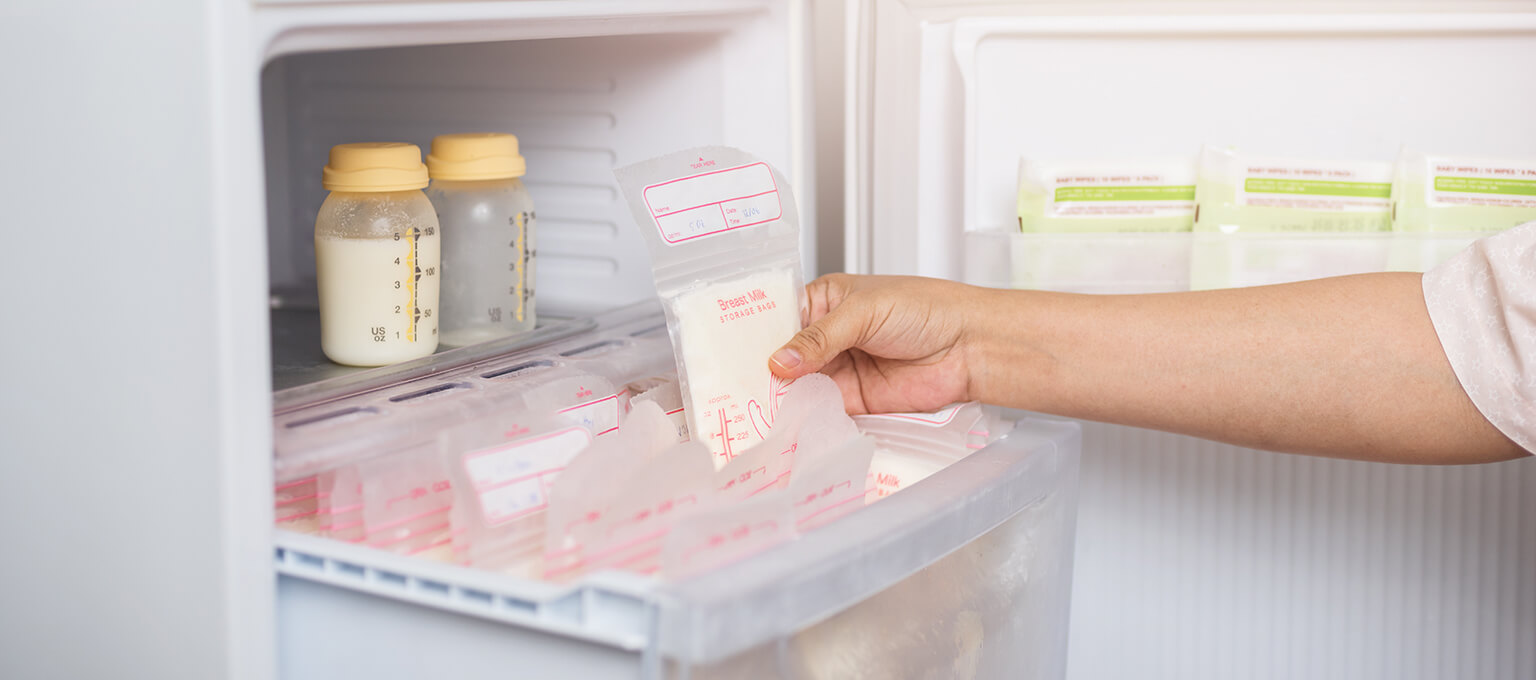
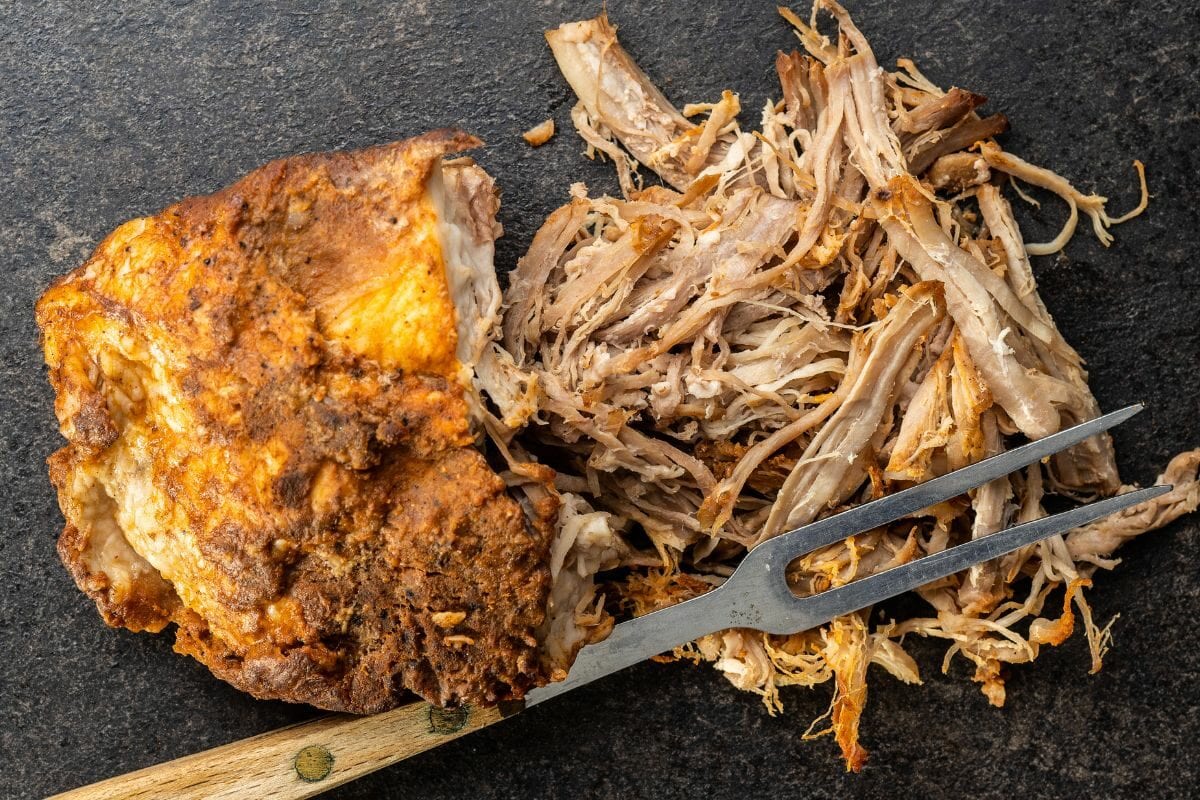

0 thoughts on “How Long Is Steak Good For In The Refrigerator”